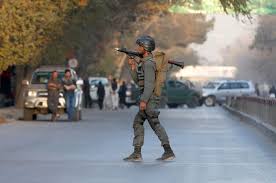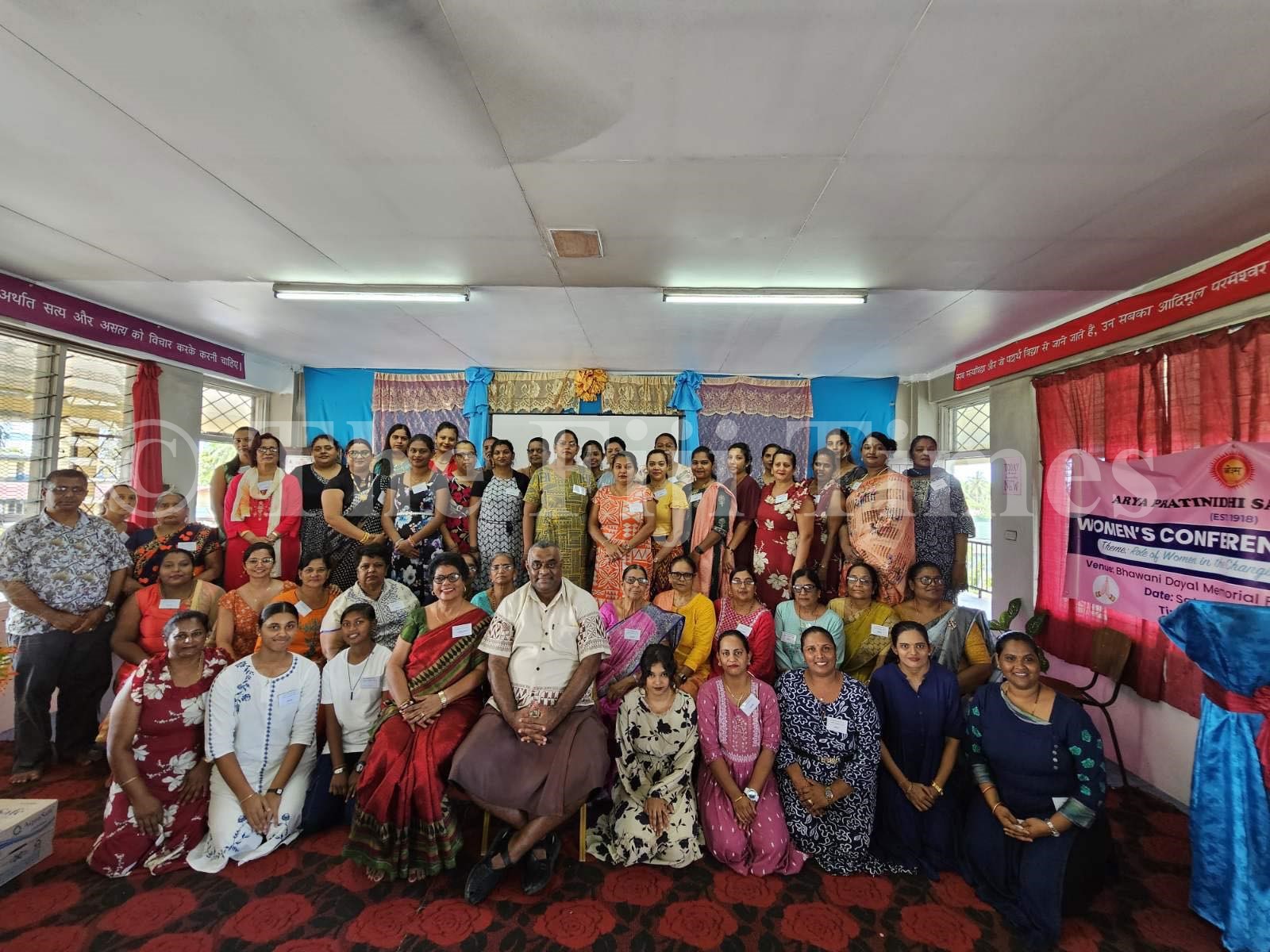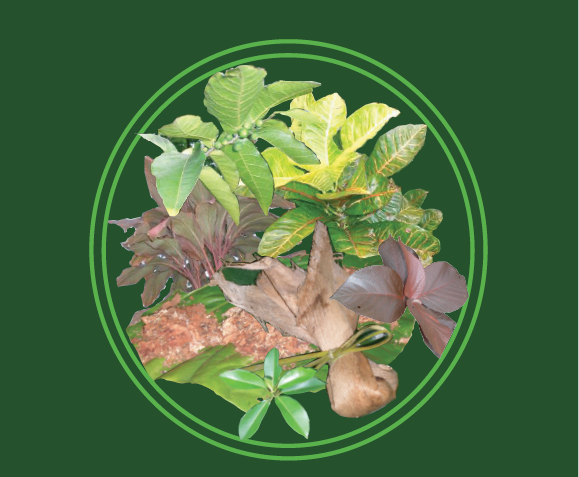KABUL, Afghanistan (Reuters) – Kabul’s green zone is a place where diplomats fly in cheesecake from New York and cases of wine from Europe, but many of those residing inside the heavily fortified enclave are not allowed to walk without an armed guard even for a distance of 100 meters.
The walled-off compound of embassies and newsrooms, which is set to expand dramatically, imposes extreme limitations on its sheltered residents and stokes resentment among Afghans living outside.
“The best possible argument to be in Afghanistan is to be a sort of introvert,” said Czech Republic Ambassador Petr Stepanek. “You don’t expect a blossoming social life.”
Kabul’s central green zone is set in the affluent Wazir Akbar Khan neighborhood. Trees pre-dating decades of war still stretch above the razor-wire topped walls that line once-tony streets patrolled by police and private security.
It grew from a cluster of fortified embassies after the Taliban’s 2001 overthrow by U.S.-led forces. In 2017, a truck bomb near the German embassy, one of the green zone’s entry points, killed or wounded hundreds, prompting further enlargement.
Its rapid expansion reflects the Taliban’s increasing attacks on Kabul in recent years, in a strategy shift to counter its disadvantages against U.S.-backed air power outside the capital.
Kabul police commander Sayed Mohammad Roshandil said in an interview that the green zone has been a major success.
Since the Germany embassy attack, there have been no security breaches of the zone, which spans three police districts, he said. A maximum of 150 trucks are allowed inside per day, with drivers verified by biometric scanners.
EXPANSION PLAN
Police are now preparing to create a “blue zone” to surround the green zone, stretching the fortified area by between 1.5 and four kilometers, said Roshandil.
The number of closed-circuit cameras throughout Kabul would more than double to 800 within the same period, he said, helped by a $42 million contribution from the Australian government.
But beyond the grey concrete “T-walls” that surround the green zone, some Afghans resent the dangers and hassles they say such secure enclaves create.
Taxi driver Mohammad Taher, 37, avoids the area around the green zone because of police checkpoints that grind traffic to a halt, though he adds that Afghans working in the foreign offices collect “huge salaries”, giving the economy a much-needed boost.
“Sometimes I feel that they are living a life completely different from us,” said Tamim, 28, a shopkeeper, of the “western style of life” inside the green zone.
Afghans living near the Green Village compound in eastern Kabul, another fortified zone that is home to international companies and charities, bore the brunt of casualties and damage after a bomb-laden car blew up nearby in January.
“We villagers cannot tolerate this camp here because our lives are in danger,” said Noor Alam, 46, a shopkeeper and resident of nearby Qala-e-Chaman Qabelbay. “The presence of foreign camps close to the common residential area is like a death threat to the people.”
But Roshandil, the police commander, said residents near green zones were better off.
“So far, people are welcoming this plan,” he said. “When people are living in an area with security restrictions, they should accept that. Overall, (residents) are happy.”
Taliban spokesman Zabihullah Mujahid said the green zone provided government and foreign officials mere “psychological relief”.
“The green zone is not that safe as they think,” he said, adding that past Taliban attacks on it have succeeded. If the militant group agrees to a peace deal and fighting stops, the Taliban would insist that its walls were removed, Mujahid said.
The development of the green zone, including NATO’s military base, in the middle of a crowded city demonstrated “sheer disrespect” for the security of local people, said Thomas Ruttig, co-director of Afghanistan Analysts Network, an independent think-tank.
RARE COMFORTS
For those on the inside, the green zone features comforts that are rare elsewhere in Kabul. Generators fire up during the city’s frequent power cuts, living quarters are well-heated in winter and, during hot summers, swimming pools offer relief.
In an officially dry country, liquor flows at most embassies. Pet peacocks stroll the grounds of a United Nations compound.
But green zone embassies offer little of the freedom common to most diplomatic postings.
“Even though I get out almost every day, the places we can go are limited. It’s very difficult to get a feeling” for what regular Afghans think, said German ambassador to Afghanistan Peter Prügel. Embassies only host those Afghans who pass the green zone’s security requirements, further narrowing expats’ contacts with the country.
Even travel within the zone is regulated. Security details forbid some diplomats from walking to neighboring embassies, making necessary absurdly slow, short-distance drives through internal gates and over speed bumps.
“We are in a total bubble here,” a Canadian diplomat said. “There is a bit of an illusion here that what you see in Kabul is common to the rest of the country.”





